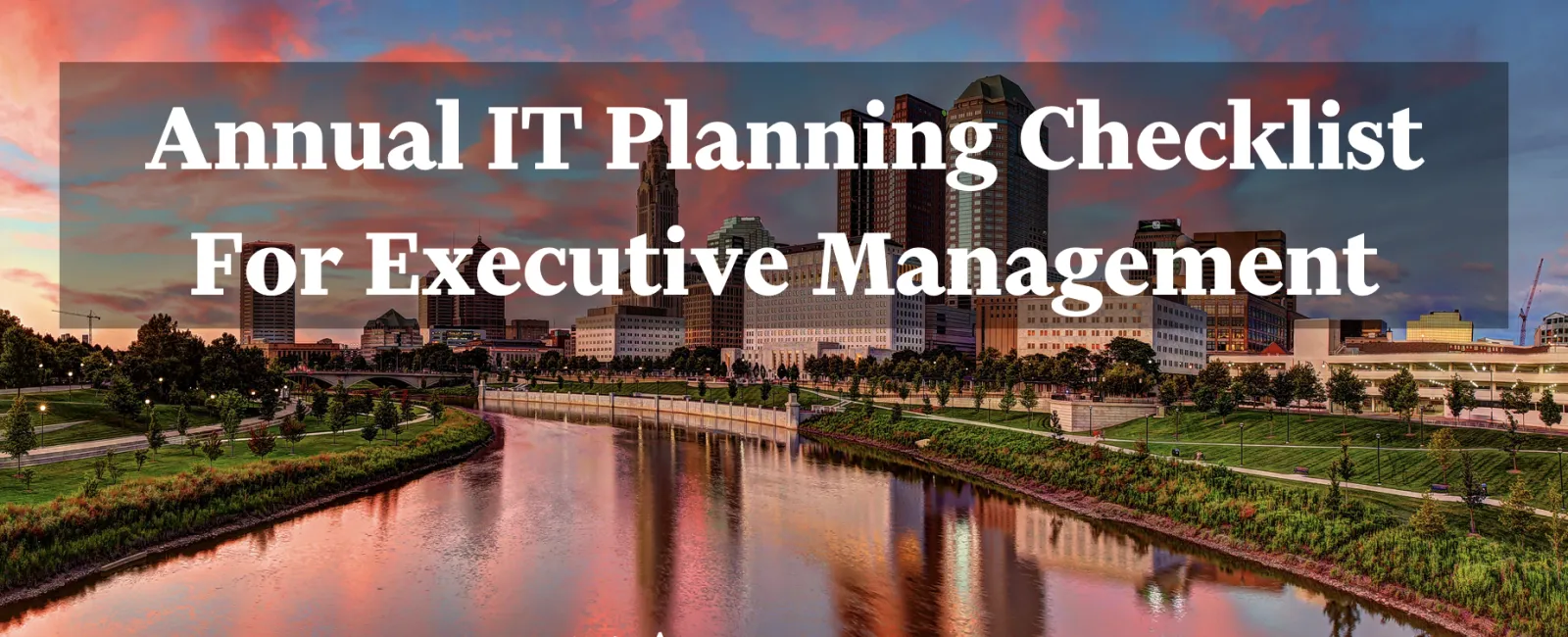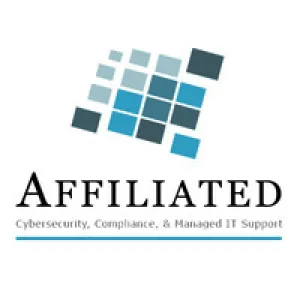September 30, 2025
Technology Strategy,
Risk, and Accountability
In 2026, technology leadership is no longer confined to the IT
department—it's a boardroom-level priority. As cybersecurity risks escalate,
regulatory scrutiny tightens, and digital transformation continues across every
industry, CEOs and CFOs are expected to play an active role in aligning
technology with business goals, risk posture, and financial performance.
Over the past year, organizations faced growing pressure from
ransomware threats, vendor due diligence requirements, cloud cost inflation, increased
IT function complexity, and the rapid adoption of AI tools. In response,
executive teams are shifting from reactive IT oversight to proactive
governance, seeking greater visibility into infrastructure, compliance, and
cyber readiness.
This checklist is designed for executive leaders who want clarity,
confidence, and control over their IT operations. It serves as a high-level
tool to guide strategic conversations with IT leadership, validate investment
decisions, and reduce operational and reputational risk. Use it to set annual
priorities, assess gaps, and ensure accountability across departments and
vendors.
Strategic Oversight and
Planning
[ ] Review IT alignment with business goals, growth targets, and
risk appetite
[ ] Ensure IT leadership has a current, measurable roadmap
[ ] Set expectations for quarterly reporting on IT initiatives
[ ] Validate that digital transformation, AI, and automation projects are tied
to business ROI
[ ] Confirm that strategic tech decisions are coordinated across departments
Cybersecurity and Risk
Exposure
[ ] Confirm the organization has a current and tested Incident
Response Plan
[ ] Review results from the latest cybersecurity risk assessment or penetration
test
[ ] Verify multi-factor authentication (MFA), encryption, and patching
compliance
[ ] Ensure cyber liability insurance coverage is current and aligned with
policyholder obligations
[ ] Confirm policies exist for AI use, remote access, mobile devices, and data
protection
[ ] Understand any unresolved high-risk security findings or exposures
Compliance and Audit
Readiness
[ ] Confirm the organization is prepared for regulatory audits
(HIPAA, SOC 2, CMMC, PCI, etc.)
[ ] Review evidence and documentation required for compliance attestations
[ ] Ensure third-party vendor security reviews and contracts include liability
and SLA clauses
[ ] Validate that sensitive data handling meets industry-specific requirements
Infrastructure and
Operational Readiness
[ ] Review the organization's cloud strategy, utilization, and
cost optimization plan
[ ] Confirm backups are secure, tested, and regularly validated
[ ] Assess the lifecycle and replacement plan for critical hardware and
software
[ ] Validate disaster recovery (DR) and business continuity planning across
departments
[ ] Validate all Software Subscriptions for continued need/usage
across departments
Budgeting and Investment Discipline
[ ] Review prior-year IT spend versus Road map plan and
performance outcomes
[ ] Approve current-year IT capital and operational budgets with ROI benchmarks
[ ] Identify cost-containment opportunities across software licenses, vendors,
and cloud services
[ ] Allocate appropriate funds for cybersecurity, compliance, and digital
innovation
[ ] Validate controls are in place to prevent shadow IT and duplicate SaaS
spend
Talent and Leadership
Accountability
[ ] Confirm performance objectives are in place for IT leadership
[ ] Evaluate internal capabilities vs. outsourced or co-managed service models
[ ] Ensure succession planning is in place for key roles
[ ] Review training and certification roadmaps for technical and cybersecurity
staff
[ ] Require regular cybersecurity training for executives and all employees
Click here or call us at 614-889-6555 to arrange your complimentary Consult to learn more!




